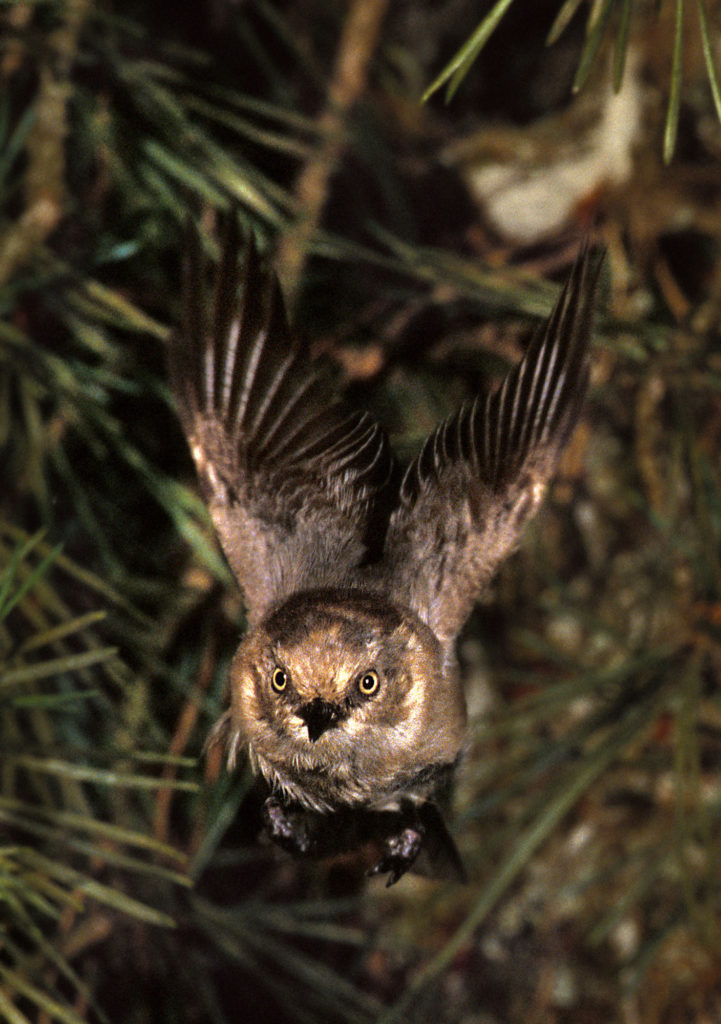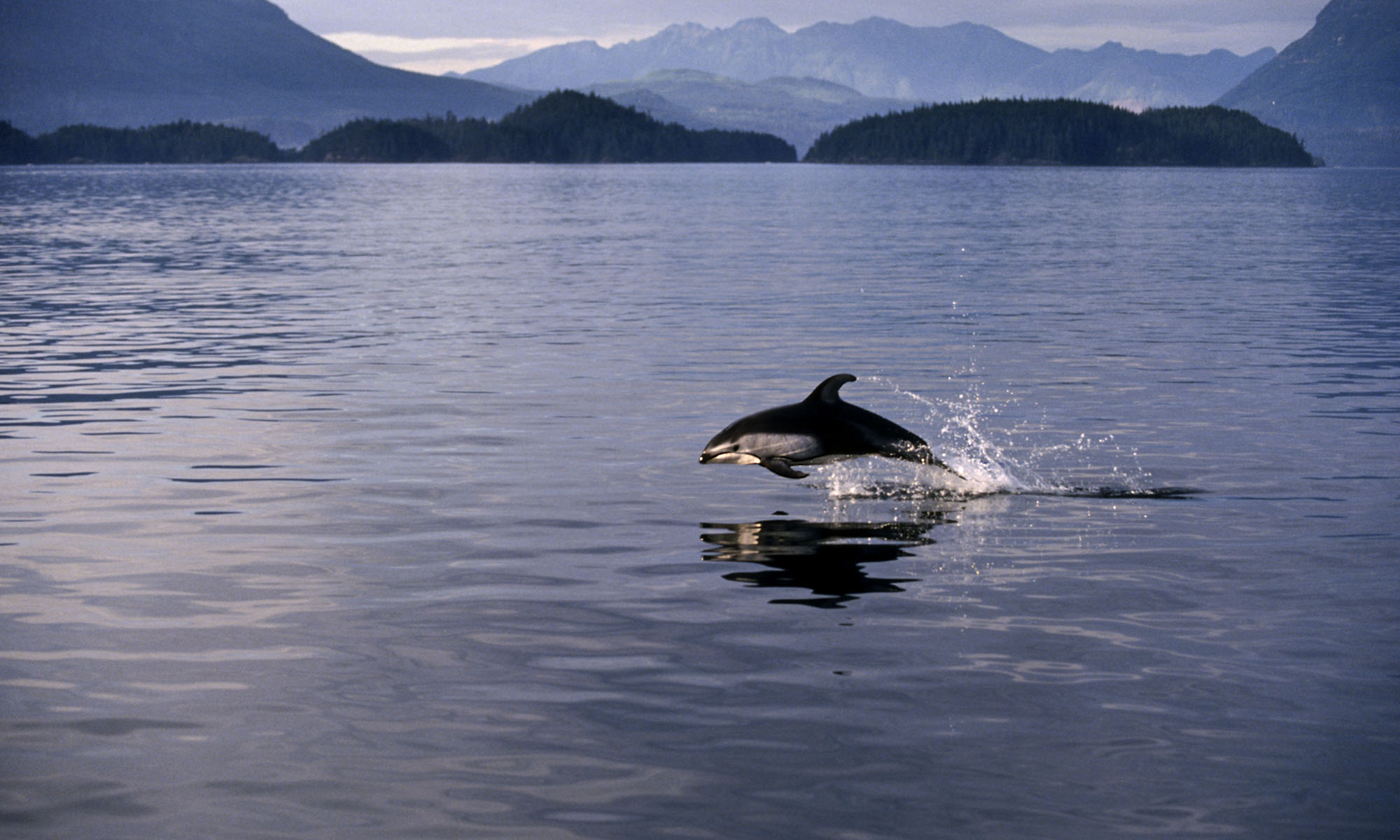Little birds seldom stay in one place for long. They’re energetic, they flit, forage, hop, hover, and yes, they fly.
It’s a challenge to get a small bird, say a hummingbird or a chickadee, to stay in front of the camera long enough to focus and click. A telephoto lens helps to give a detailed look at the little guys, but this tunnel vision further compounds the problem of finding the bird in your frame. To succeed we need to know where the bird will be and have equipment poised for that fleeting moment when our subject takes the stage.
Sometimes a bird’s behavior will provide the opportunity to predict a good place to train your lens. In the spring males of some species will seek the highest perch in their territory to announce their presence to potential mates. A nest or food source will provide opportunities to observe a bird in a known location too. Birds often land on a favorite perch before proceeding to their nest or a feeder and this is a good place to catch them in a stately pose or even with a meal for their young. At home feeders you can provide a perfect perch for the birds and make sure you have the perfect angle and background for your pictures. Since you know where she’ll be going next maybe you can even catch that little speedster on the wing.
Planning is key to catching hyper little birds in camera, and when I’m out watching them I look for opportunities to get a step ahead of their next move.

